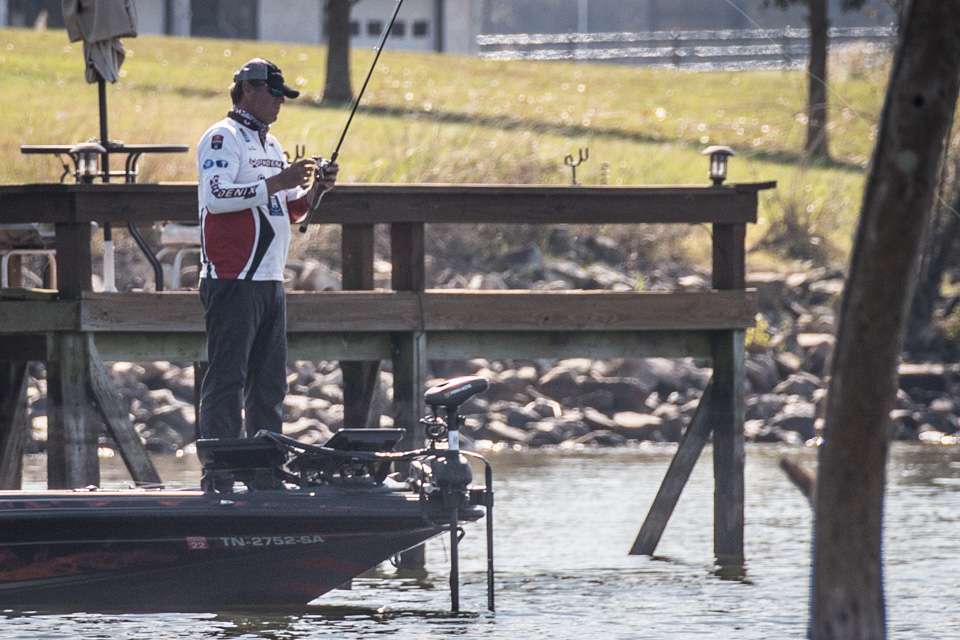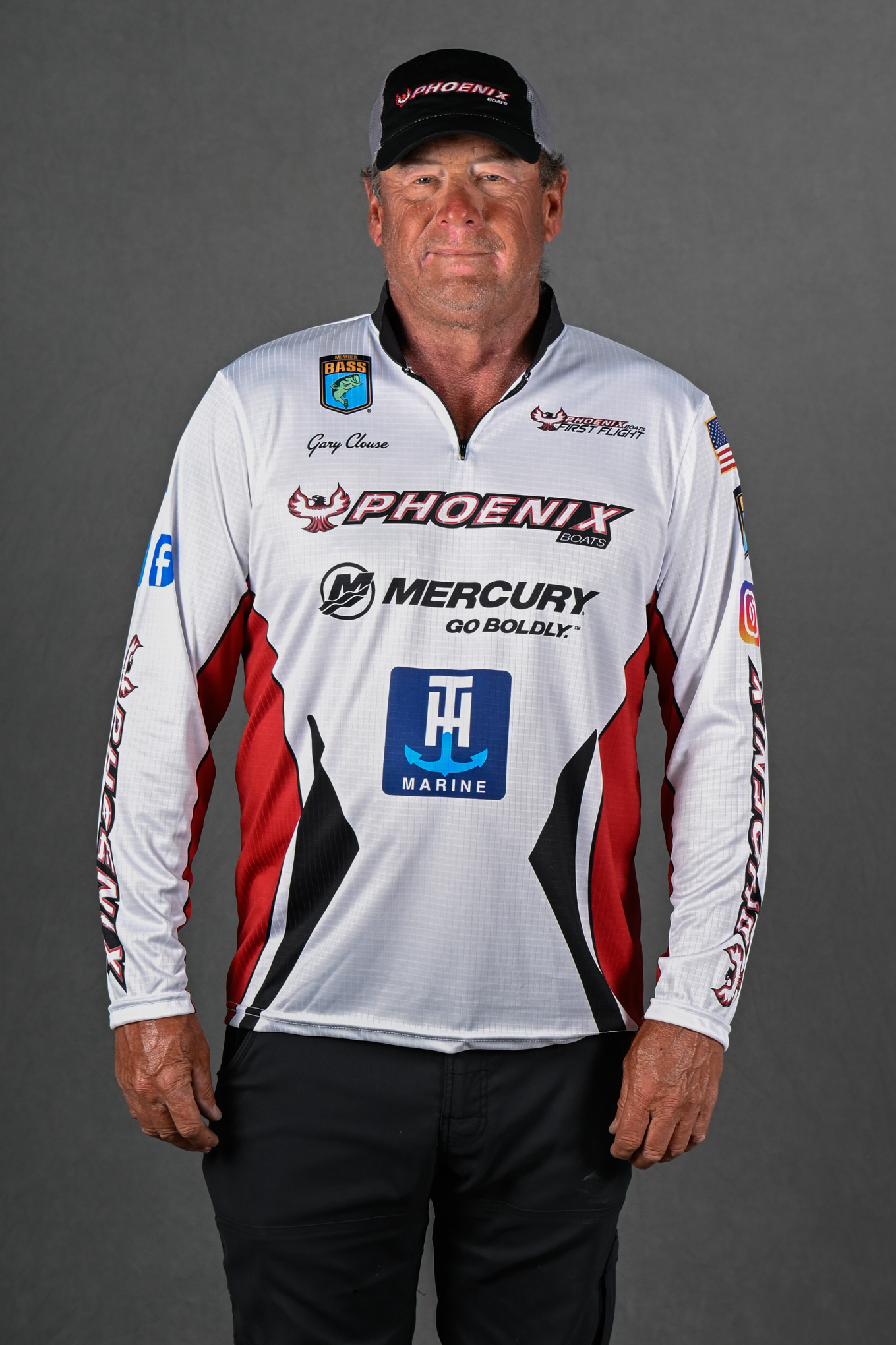
There is a perception among some anglers that if it costs more, it must be better and will catch you more fish. That’s true to a point. But being expensive doesn’t mean it works better. Sometimes it just costs more.
There are instances where the price is justified because the components are more expensive.
Like most of you, I pay retail for my tackle, so I base my purchases on how that tackle performs for me.
Tungsten sinkers are a good example. Weights made of tungsten can be valuable to an angler in some situations, but that doesn’t mean you need to only use tungsten.
I use both lead and tungsten. I like tungsten when fishing a hard bottom because it makes more noise, and I can feel the bottom better. And, because it’s smaller than lead weighing the same, it can help you downsize a finesse presentation.
On the other hand, there are times when fishing soft plastics that I prefer larger-bodied sinkers made of lead because they kick up more sediment.
Also, you should note that lead falls differently than tungsten sinkers. I think it falls toward the angler faster because the same sinker is larger even though it may be the same weight as a tungsten sinker.
We used lead for years, and I can assure you the bass really don’t care. What you need to consider is the value of each sinker’s characteristics and how those apply to making you more efficient in a given fishing situation.
Now, I do prefer more premium hooks when fishing. I may use hooks that come with a bait or used hooks during my tournament practice, but when it’s game time, I’m replacing them with premium hooks.
One of my favorite trebles is the Aaron Martens Gamakatsu EWG Treble that I buy for my hardbaits. They are a smaller diameter and coated, so they penetrate easily, and I find them to be very sharp, durable and strong. Since I started using those, the number of fish I’ve lost on treble hook lures has dropped dramatically.
Fishing line is another thing you don’t want to scrimp on, be it with the kind of line you buy or how often you change it. If you change often like I do, bulk spools may be pricey but can save you money – if you tend to use a lot of the same pound test.
I use Seaguar and Sunline Shooter depending upon my techniques. They’re both premium lines, and I’ve found I prefer the Shooter’s 22 and 18 pound but Seaguar’s line in the smaller sizes.
Mid-priced rods are darn good these days and can last a good while for anyone who fishes a lot.
My favorite flipping rod is a CastAway Skeleton ($129) that isn’t the top of the line, but one I found that balances well. I’ve got $500 rods in my stash, but the Castaway is the one I always pick up first.
I use two different brands of reels, Shimano and Lew’s. I once bought a $500 Shimano reel to try and didn’t like it, but I do like the Shimano Chronarch MGL that cost half that for crankbaits.
For flipping, I use the Lew’s Team Light (around $200) because it’s lightweight and compliments my Skeleton Rod.
The bottom line is quality tackle comes in various price ranges. It’s more about personal preference and whether it does the job for you.
Just remember what Rick Clunn has said many times: You try to control everything in your power because there is so much you can’t control in fishing.
That certainly applies to the tackle you use. You don’t have to break the bank to be a good angler, but you do have to carefully select gear that’s not going to let you down when you need it most.





